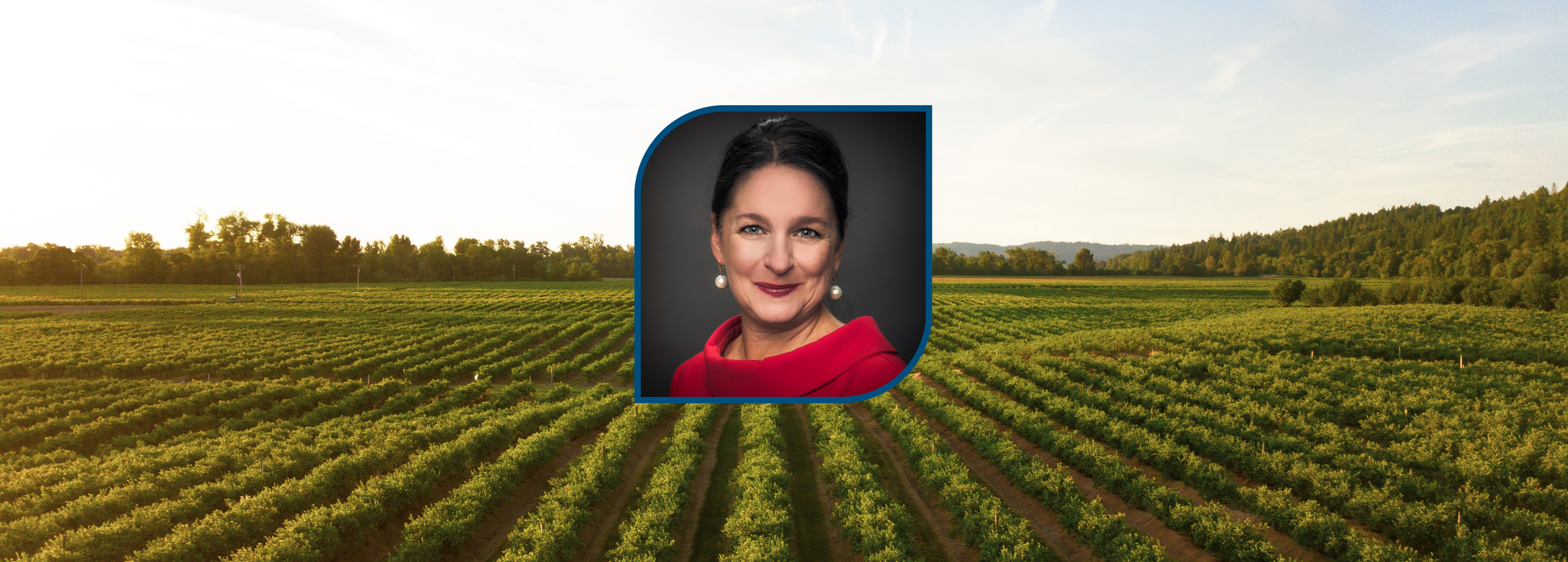
U.S. News Op-Ed: Growing Climate Solutions Act Could Help U.S. Farmers and Forests
A bill with bipartisan support in the U.S. Congress must address incentives for both farmers and forest landowners.
By Mary Grady, executive director of the American Carbon Registry
May 11, 2021
This article was originally published by U.S. News & World Report and can be viewed here.
Private landowners can help achieve truly scalable climate action in the United States. By recognizing these essential actors, the Growing Climate Solutions Act (GCSA), which was reintroduced recently with broad bipartisan support, is a welcome sign of progress. The act seeks to break down barriers for farmers and foresters interested in participating in carbon markets so they can be rewarded for climate-smart practices.
Supporting participation in carbon markets is critical. But it’s equally critical to recognize that forests and agricultural lands face different challenges and opportunities. While seeking to facilitate market access for farmers, the act must take care not to hinder the markets for forest landowners, who already have pathways to participate and deliver real climate benefits.
An estimated 441 million acres — more than half the woods and forest in the United States — are owned and managed by some 11 million private owners. Each year, approximately 1 million acres of forests in the U.S. are converted to other uses, such as development and cropland. A 2018 study found that improved forest management of privately held forests could potentially achieve as much as 267 million metric tons of greenhouse gas emission reductions and increased sequestration a year, a figure that does not include the additional soil health, water quality and biodiversity benefits.
Carbon markets create a financial incentive to drive climate action that wouldn’t have taken place otherwise, and are a proven way to tap private capital to support conservation, better forest management and reforestation. As companies strive to contribute to global climate goals, they are looking for opportunities to offset current and future unavoidable emissions with support for climate action elsewhere. More than 1,500 companies have now set net-zero targets and demand for offsets is growing rapidly. As demand increases, so too is the focus on integrity; more and more companies want to know that their investment is leading to real results.
Put simply, the long-term viability of the forest carbon market, and the important contribution it can make to climate action, relies on integrity. When it comes to forests, integrity is rooted in science and innovation. Public access to data derived using replicable, peer-reviewed methods of measurement, together with reporting that is backed by independent verification, is essential. The degree to which different methodologies adhere to these standards is varied, and so providing evidence that supports claims of quality in the marketplace could be a helpful contribution from the U.S. government.
The good news is that scientifically rigorous methodologies exist. And there is strong proof that they are supporting a vibrant U.S. forest carbon market, which already encompasses a vast diversity of landowners, from conservation organizations and large private owners, to timberland owners and tribal lands. Carbon markets have issued in excess of 100 million tons of high-quality credits to U.S. forestland owners, valued at more than $1 billion. The market, and related infrastructure, is also expanding to fill gaps, including opportunities for public lands, as well as for small-scale and family landowners.
While the market is working for forests, the same cannot be said for agricultural lands. Without a doubt, U.S. farmers are global leaders in climate-smart agricultural practices that improve soil health and water quality, as well as sequester carbon. They deserve to be rewarded for these contributions. But when it comes to carbon markets, agriculture projects face challenges regarding their fit with international carbon market norms, required economies of scale and, in some cases, the readiness of the science to assure integrity of carbon measurements.
While it is certainly not the GCSA’s intention, a government program that lumps forest and agricultural land together to access carbon markets could undermine current market momentum for forest landowners. While we know there is a suite of agriculture practices that produce results, the path to their acceptance in carbon markets is more complicated. Creating incentives that work for farmers will take time.
The American Carbon Registry worked for over a decade with USDA, farmers and other partners to test approaches to create carbon credits from a variety of agricultural practices. In some cases, such as with rice production, the integrity was high, but the volume of credits per acre was too low to be meaningful. In other cases, such as for the application of biochar and for healthy soils practices in crop production systems, we were unable to find a path to scale that also maintained scientific and environmental integrity. There is much more work that needs to be done on this front.
It is also worth considering what lessons can be learned from similar initiatives elsewhere. In California, forestry projects are eligible to generate offsets for use in the state’s regulated carbon market, while soil practices are not. Instead, they are eligible for California’s Healthy Soils Initiative, which was developed as a separate mechanism for many of the reasons discussed above. The United Kingdom and the European Union are also both planning to pay farmers directly to restore soils for the public good.
Australia’s Carbon Farming Initiative pays farmers for healthy soils practices through the federal Emissions Reduction Fund, and Alberta, Canada’s carbon program incorporates agriculture offsets. The Canadian government is also considering agriculture under its draft Greenhouse Gas Offset Credit System Regulations, although concerns have been raised by members of the farming community. There are aspects of these initiatives – both in terms of challenges and opportunities – that can and should inform the GCSA.
Taking the time to establish new incentives at the U.S. Department of Agriculture that work for both forests and agricultural land would likely put a pause on the market that is already working for the former, and that is already delivering real, credible and verifiable climate benefits. To ensure integrity and avoid disruption, the Growing Climate Solutions Act must be careful not to assume the same incentives will work for both forest landowners and farmers.
Related Projects

